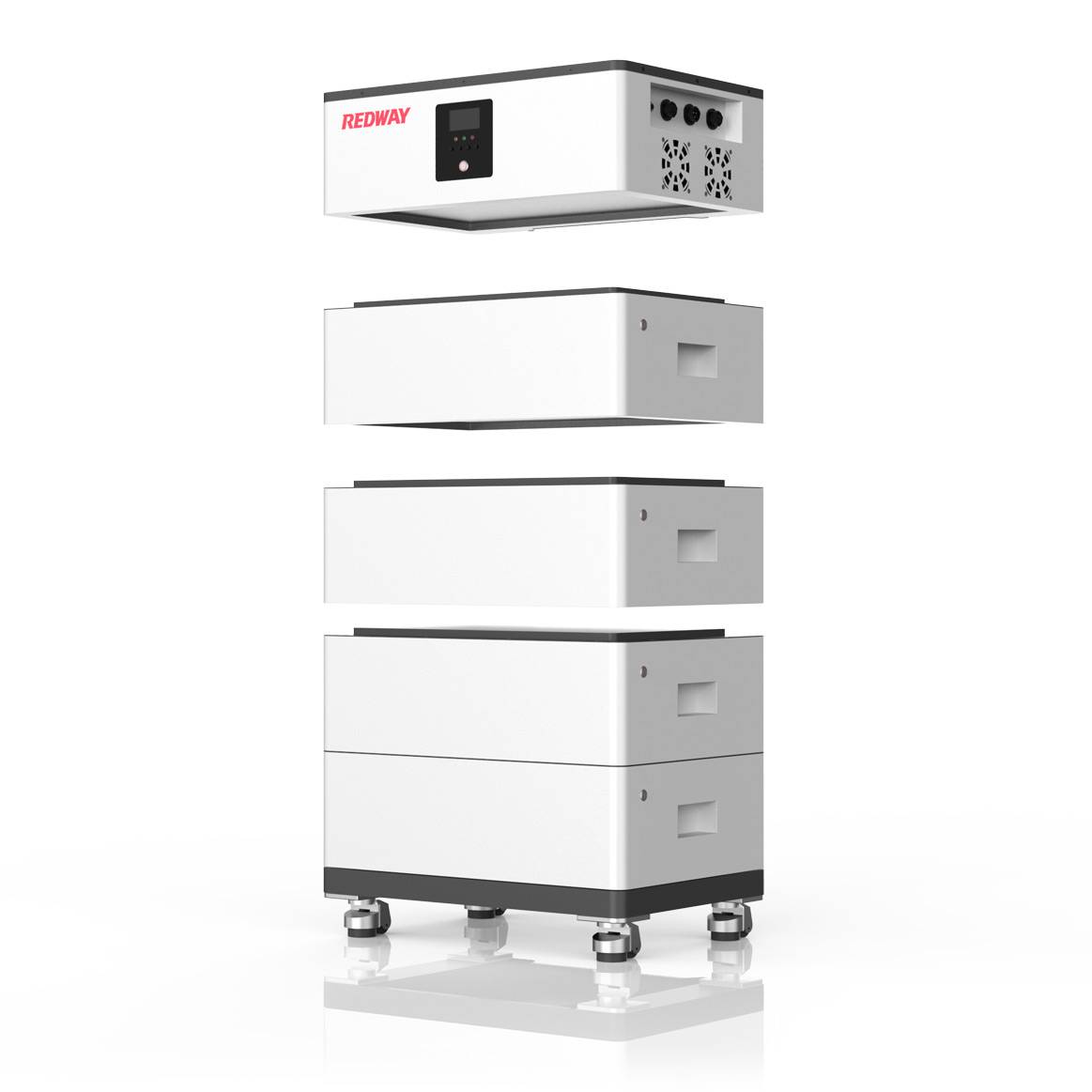As the global demand for reliable and efficient energy storage solutions continues to rise, the importance of advanced systems like the Redway All-In-One Energy Storage System Series cannot be overstated. These systems, equipped with Lithium Iron Phosphate (LFP) batteries, provide a versatile and scalable solution for both residential and commercial applications. This guide explores the critical considerations for selecting and optimizing an all-in-one energy storage system, ensuring you harness the full potential of your energy storage investment.
Understanding All-In-One Energy Storage Systems
What is an All-In-One Energy Storage System?
An all-in-one energy storage system integrates various components necessary for energy storage into a single, cohesive unit. Typically, these systems include lithium batteries, inverters, battery management systems (BMS), and sometimes cooling and monitoring mechanisms. Designed for simplicity and efficiency, they are often plug-and-play, facilitating easy installation and operation.
Key Components
- Lithium Batteries: Known for high energy density and long lifecycle, LFP batteries are a prominent choice due to their safety and stability.
- Inverters: Convert stored DC energy into AC energy suitable for household or commercial use.
- Battery Management System (BMS): Ensures the safety and longevity of the battery by preventing overcharging, deep discharging, and temperature anomalies.
Choosing the Right System
Assessing Your Energy Storage Needs
Before selecting a system, it is crucial to determine your specific energy requirements. Consider the following:
Wholesale lithium golf cart batteries with 10-year life? Check here.
- Energy Consumption: Analyze your daily, monthly, and peak energy usage.
- Backup Power: Identify your critical power needs during outages.
- Renewable Integration: Assess the feasibility of integrating solar panels or other renewable sources.
Evaluating Battery Chemistry
Different battery chemistries offer distinct advantages:
- Lithium Iron Phosphate (LFP): High safety, long lifecycle, and stable performance.
- Nickel-Cobalt-Aluminum (NCA): Higher energy density but more expensive and less stable.
LFP batteries, as used in Redway’s systems, are preferred for their balance of safety, efficiency, and longevity.
Want OEM lithium forklift batteries at wholesale prices? Check here.
Capacity and Scalability
The capacity of the storage system should align with your energy needs. Redway offers modular solutions, allowing you to scale the system as your energy demands grow. Key considerations include:
- System Size: Ensure the system’s capacity can handle peak loads.
- Expandability: Opt for systems that can be easily expanded with additional modules.
Efficiency and Performance
Efficiency measures how well the system converts and stores energy. Look for:
- Round-Trip Efficiency: Higher percentages indicate better performance.
- Charge/Discharge Efficiency: Efficient systems reduce energy losses and maximize output.
Redway’s systems are designed to maximize efficiency through integrated components that work seamlessly together.
Additional Features
Consider features that enhance the utility of the system:
- Integration with Solar Panels: Ensures a consistent energy supply and reduces dependency on the grid.
- Backup Power Capability: Provides reliability during power outages.
- Remote Monitoring: Allows for easy management and troubleshooting.
Warranty and Support
A comprehensive warranty and reliable support are essential. Redway offers extensive warranties and technical support to ensure your system remains operational and efficient.
Maximizing the Lifespan of Lithium Batteries
Optimal Charging and Discharging
Maintaining optimal charge and discharge rates is crucial for battery longevity. The BMS in Redway’s systems automatically adjusts these rates to prevent damage.
Temperature Management
Extreme temperatures can significantly impact battery life. Redway’s systems include advanced cooling solutions to maintain optimal operating conditions.
Depth of Discharge (DOD)
Managing the DOD—how much of the battery’s capacity is used—can extend its lifespan. Redway’s systems are designed to operate efficiently at up to 80% DOD, providing a balance between capacity and longevity.
Implementing and Maintaining the System
Installation
Redway’s all-in-one systems are designed for ease of installation, reducing setup time and costs. Ensure proper placement to optimize performance and accessibility for maintenance.
Regular Maintenance
Performing regular checks and maintenance can prevent issues and extend the system’s life. Redway’s systems offer user-friendly monitoring and maintenance features.
Conclusion
Choosing the right all-in-one energy storage system involves careful consideration of your specific needs, system capacity, efficiency, and additional features. Redway’s modular and customizable solutions provide a reliable and efficient means to meet diverse energy storage requirements. By following best practices in installation and maintenance, you can maximize the lifespan and performance of your energy storage system, ensuring a sustainable and resilient energy solution for years to come.







